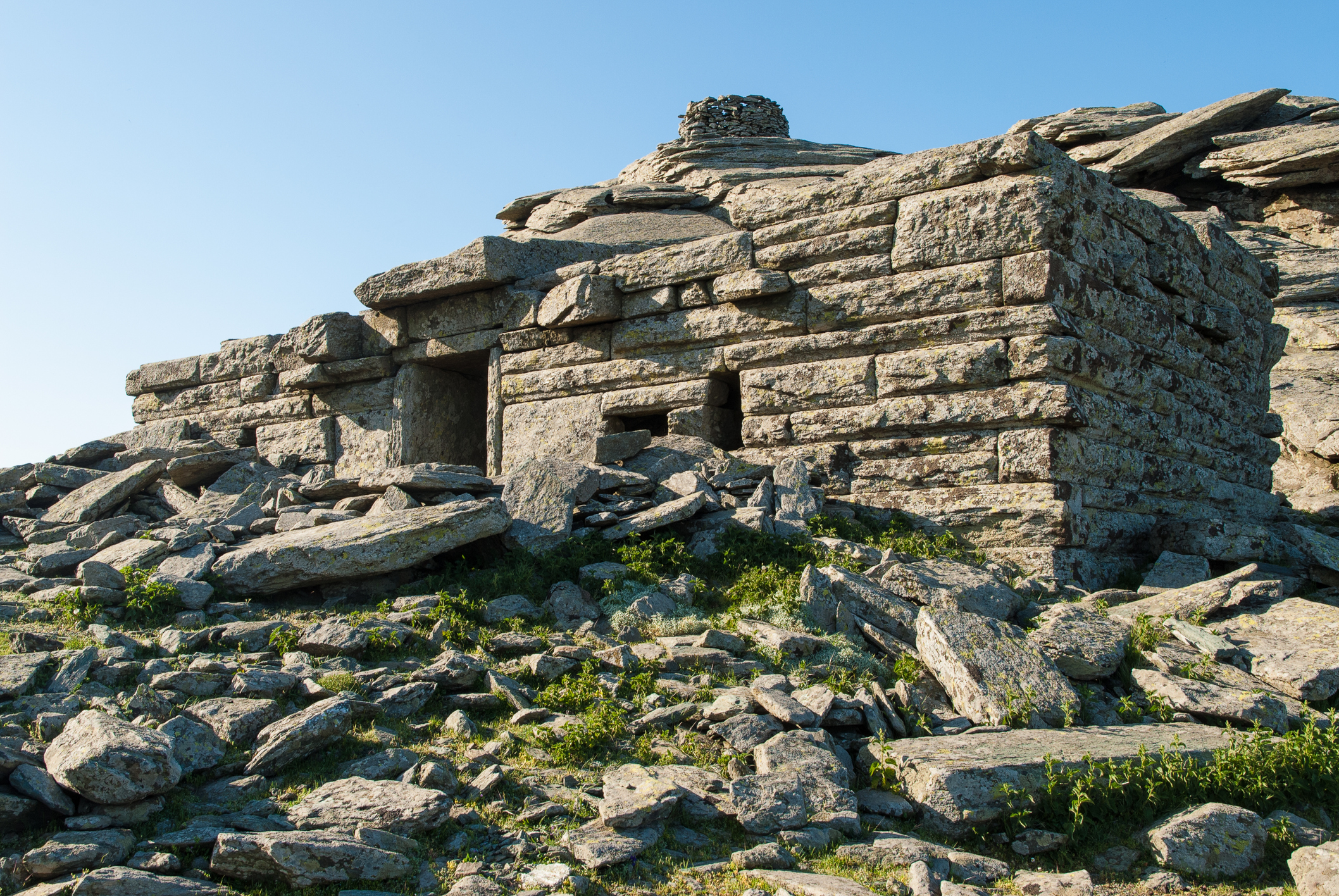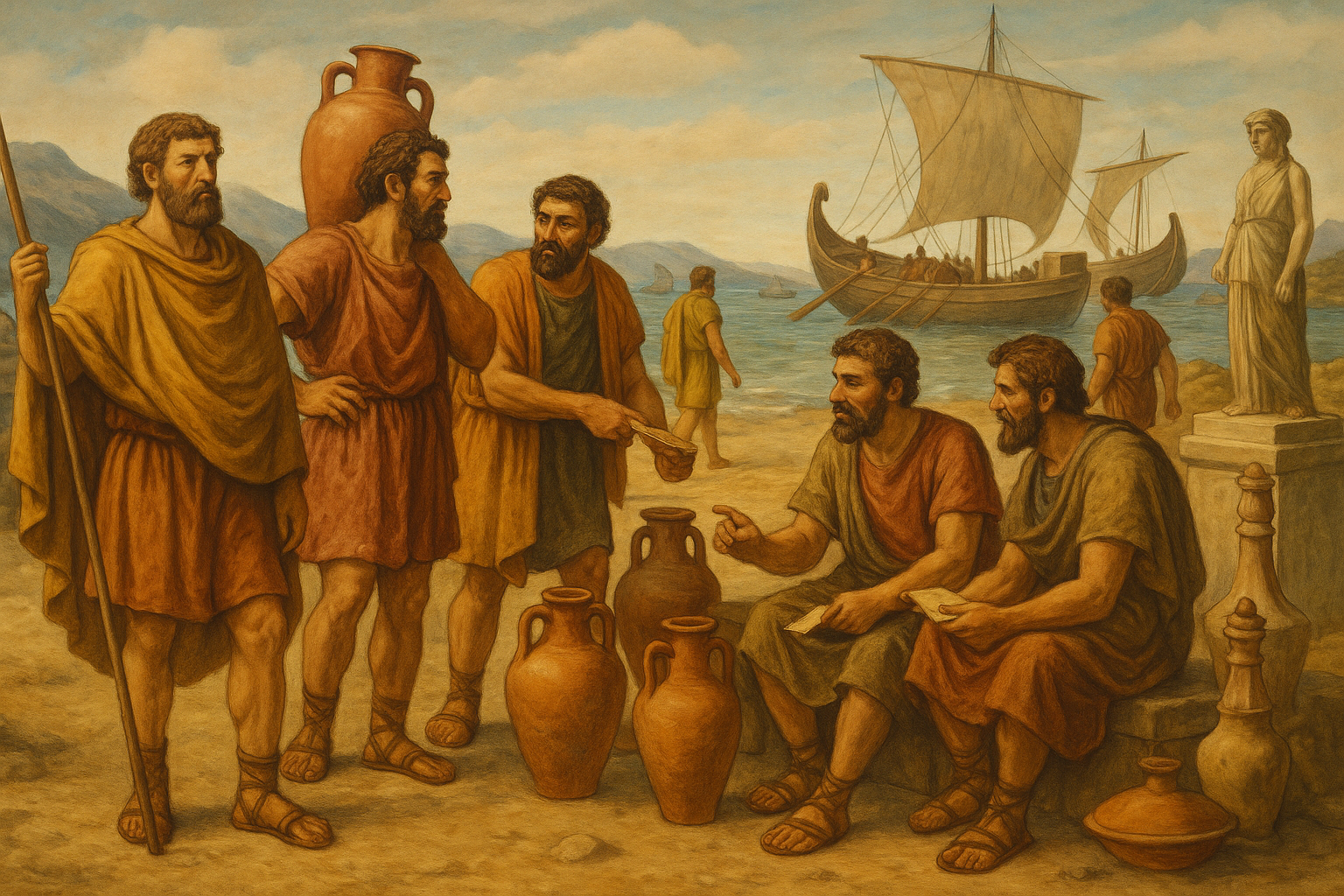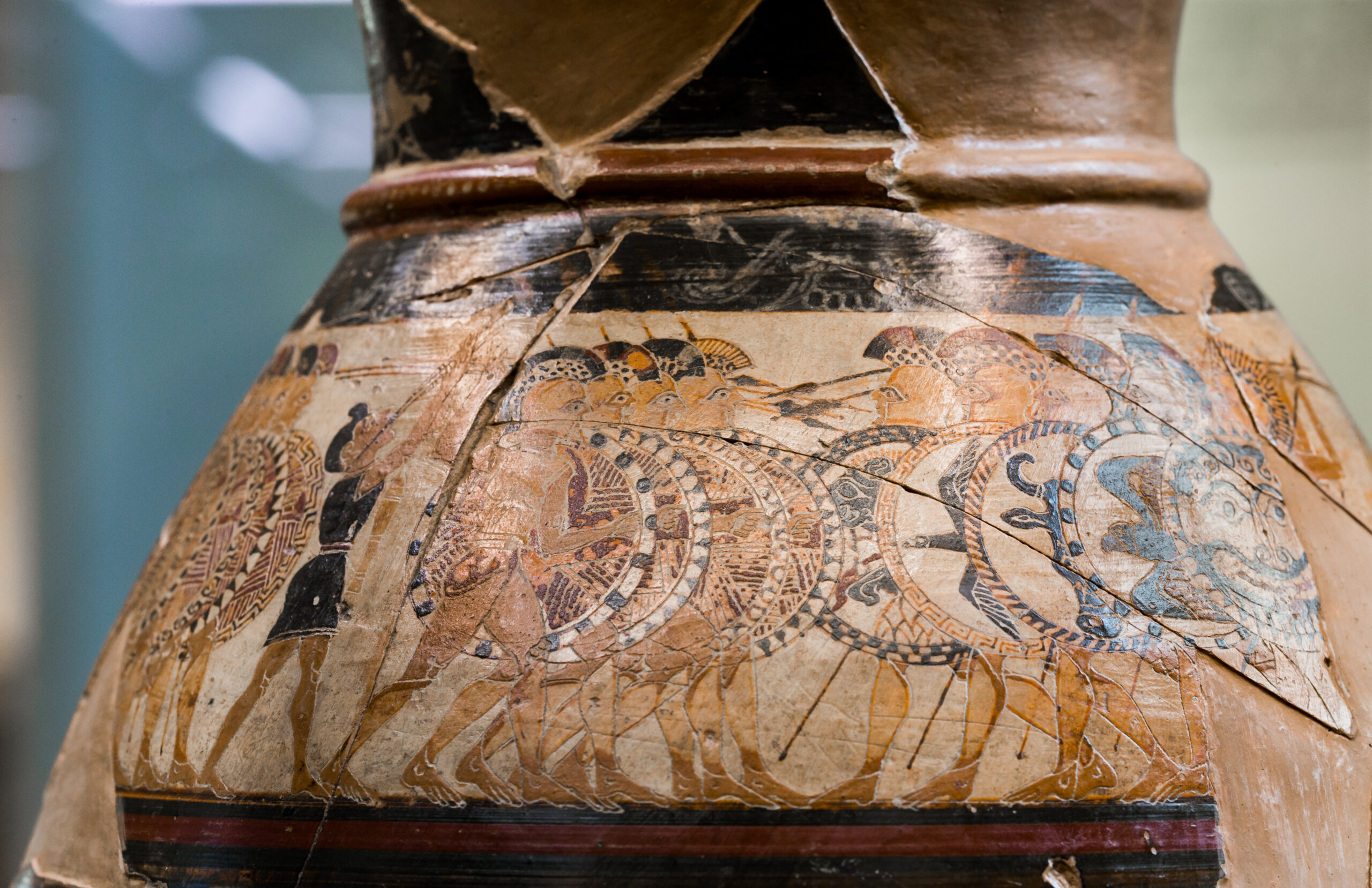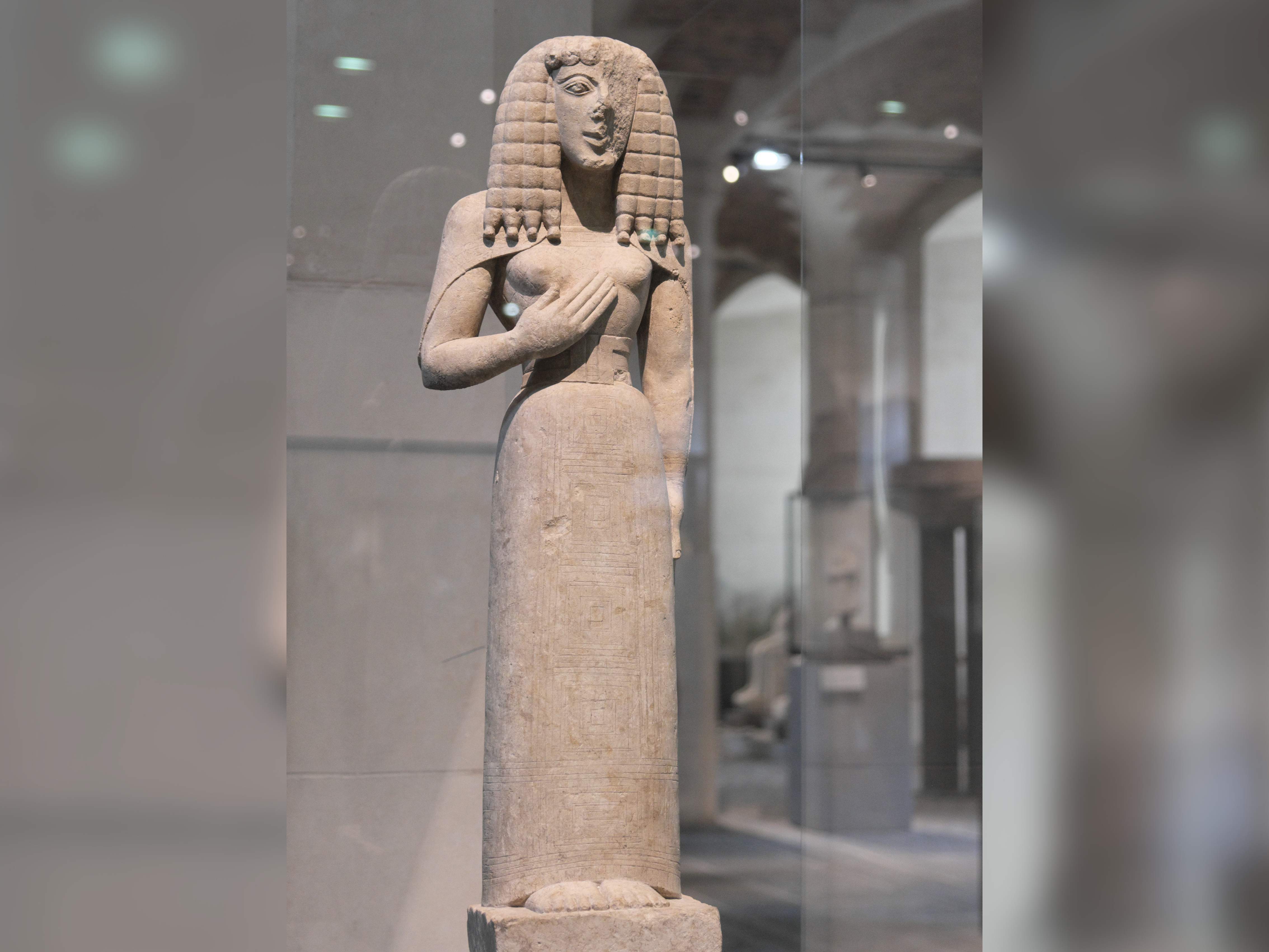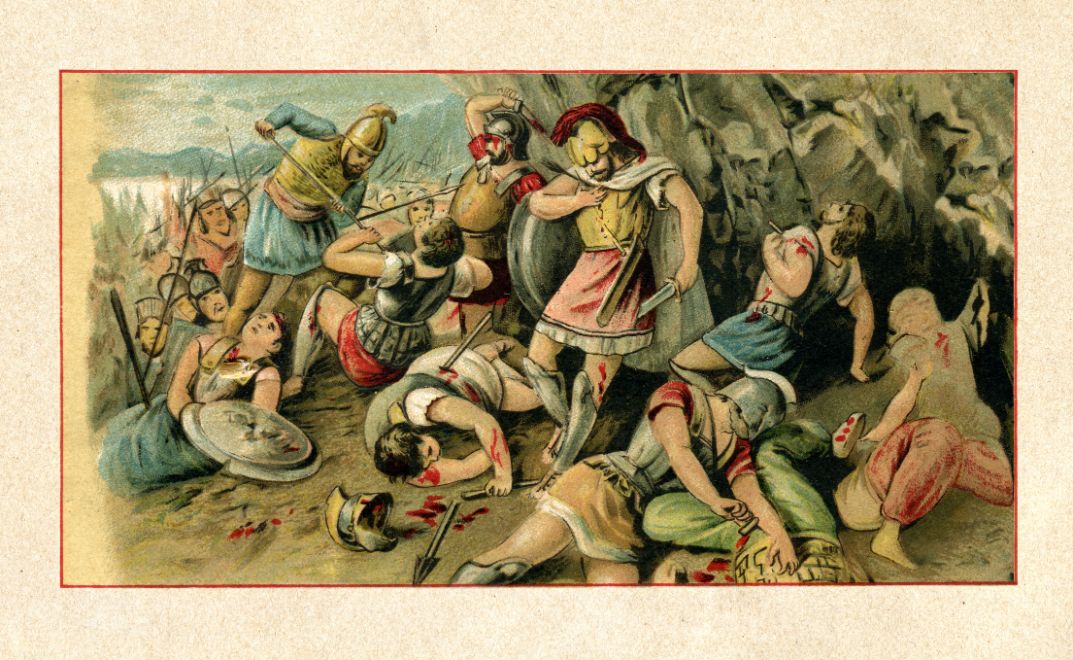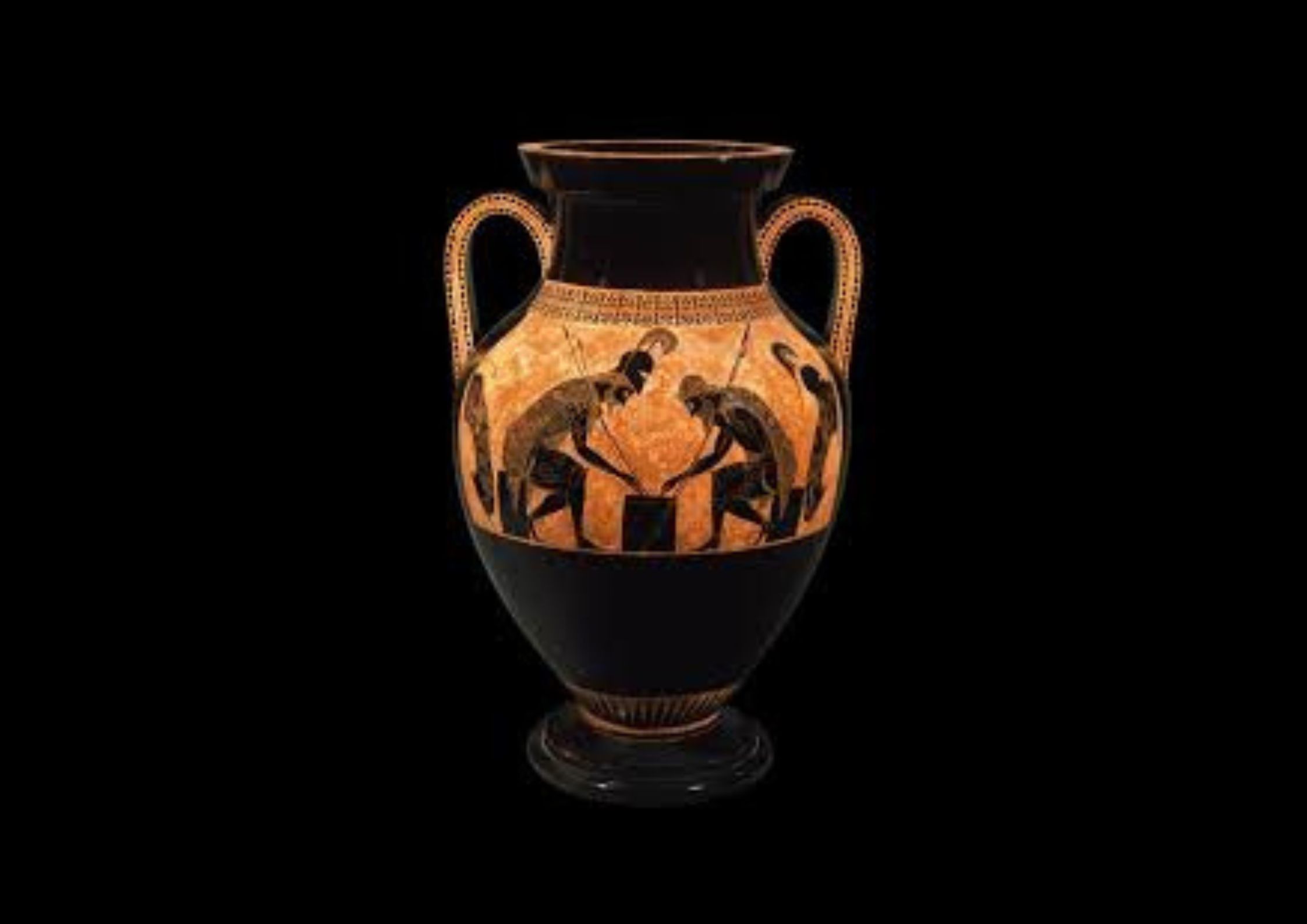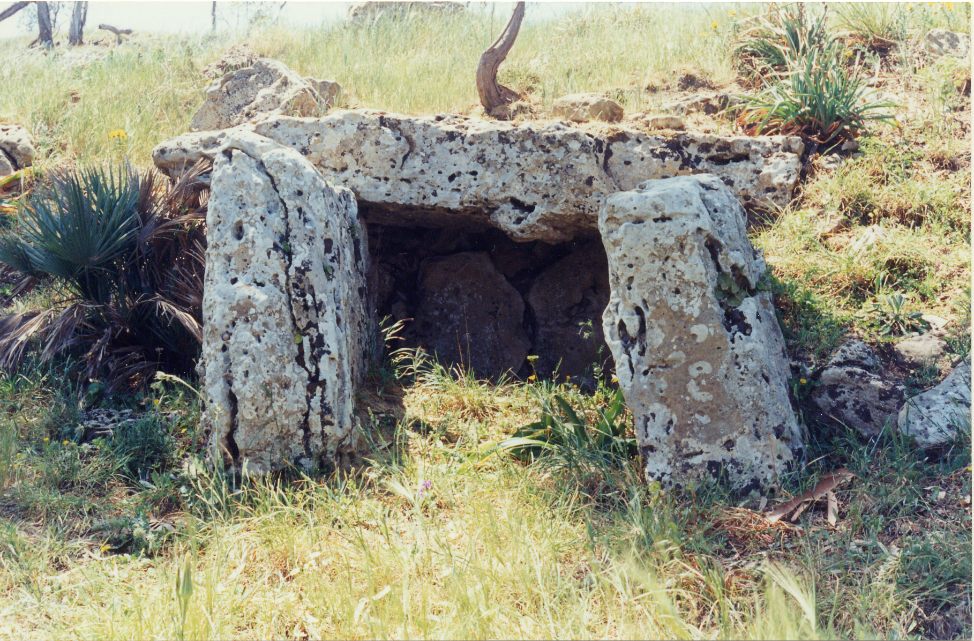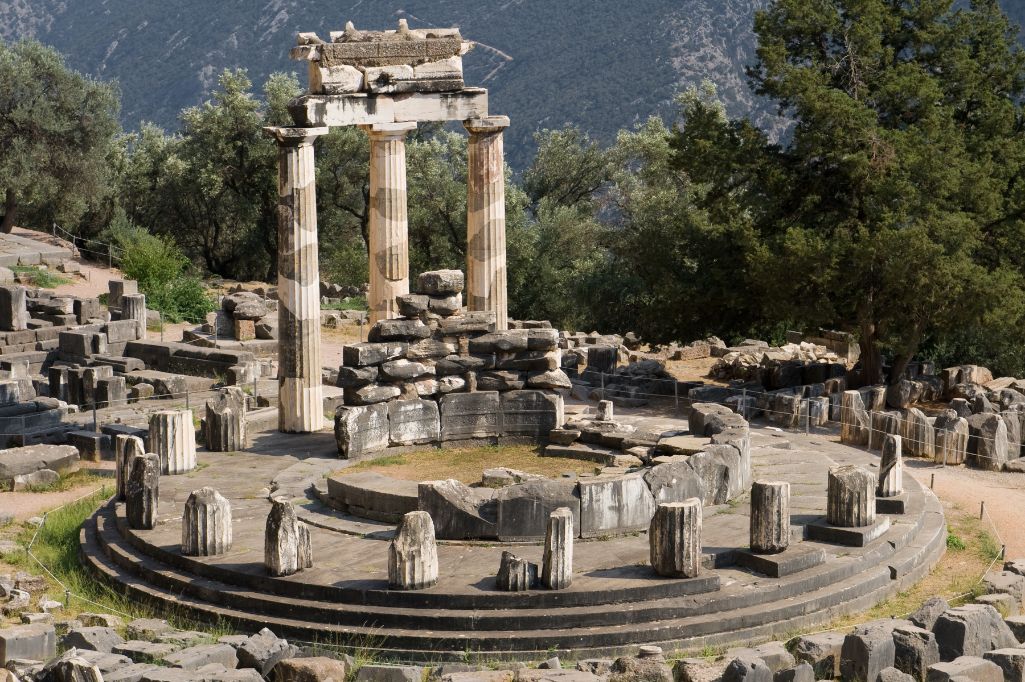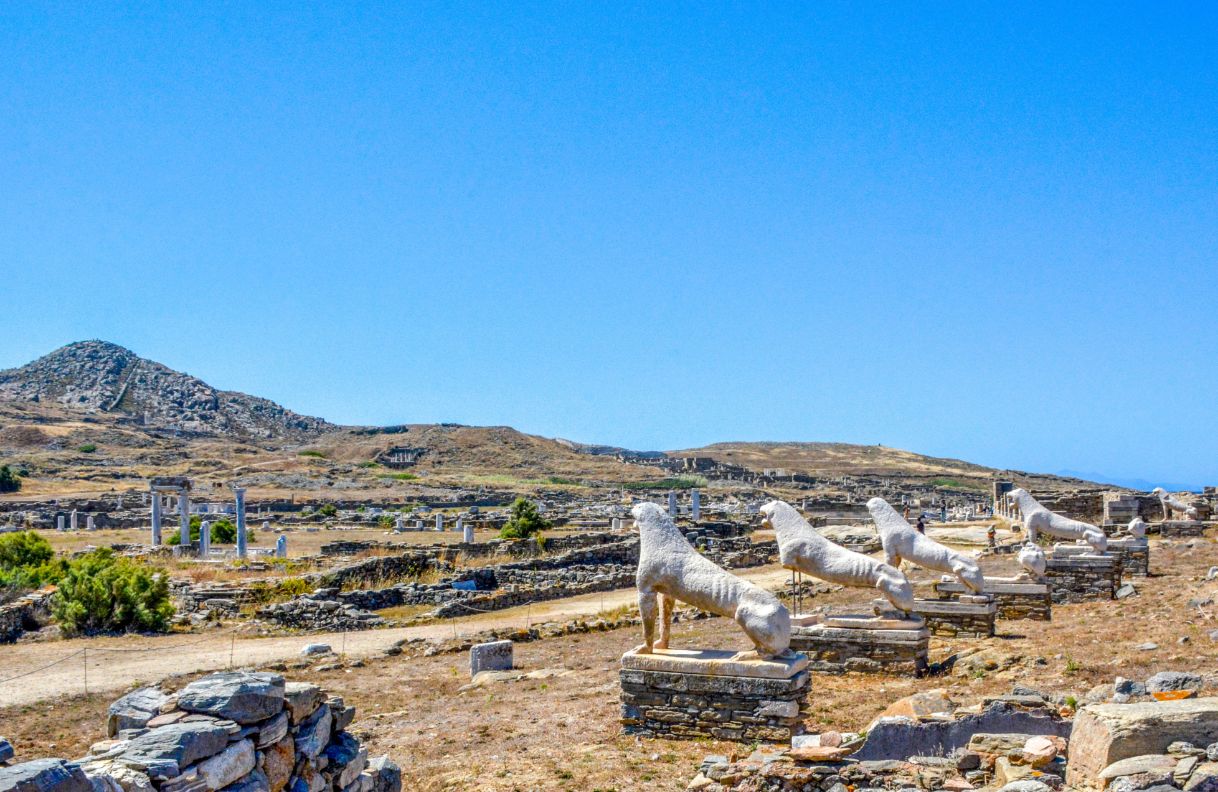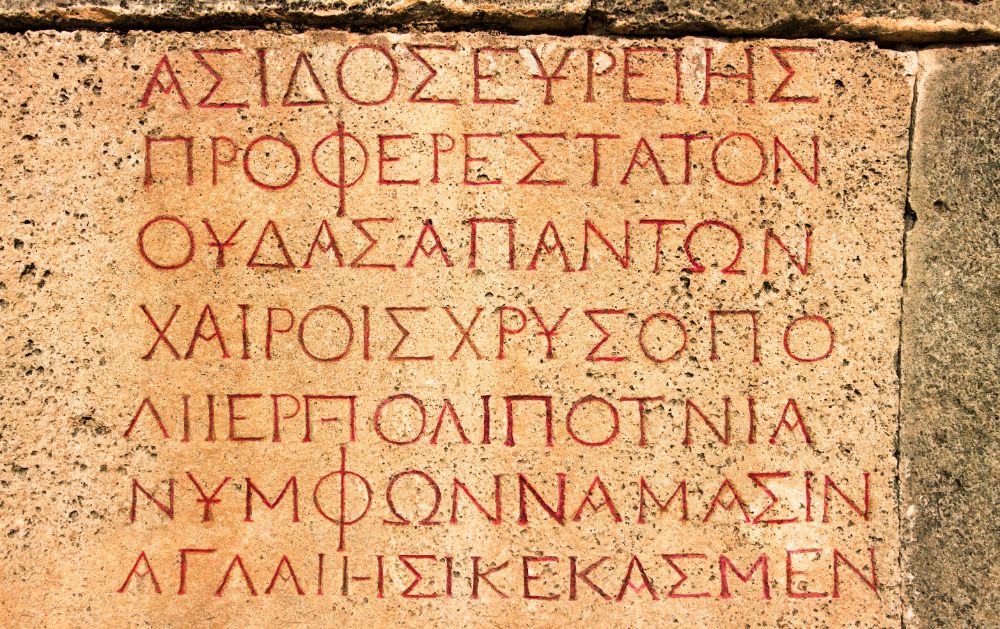Struggles for Freedom in Ancient Greece
The Messenian Revolt encompasses two significant uprisings by the oppressed Messenian population in their struggle against Spartan domination. The first revolt occurred in the 8th century BC, primarily triggered by the harsh military and economic practices imposed by the Spartans, who controlled Messenia and utilized its people as helots, a subservient class required to work the land. The oppressive nature of the helot system led to widespread resentment among the Messenians, culminating in their rebellion around 743 BC.
The conflict was marked by significant battles, such as the Battle of the Great Isles, where the Messenians, under leaders like Aristodemus, displayed fierce resistance. Despite their efforts, the Spartans ultimately suppressed the revolt through superior military tactics and organization, solidifying their domination over Messenia. The end of the first revolt resulted in the displacement of many Messenians, leading to their formation of a new city-state, which allowed for continued resistance in varying capacities.
The second Messenian Revolt, occurring around 464 BC, was sparked by a major earthquake that devastated Sparta, providing an opportunity for the Messenians to rise again. This revolt saw the participation of neighboring city-states and marked a more significant challenge to Spartan authority. However, like the first, it was ultimately quelled, although it led to long-term changes in Spartan society, including the acknowledgment of the need for military reform and shifts in their governance as a direct response to the revolts.The Messenian Revolts were pivotal in shaping Spartan identity and military culture, reflecting the deep social and economic divisions in ancient Greece.


